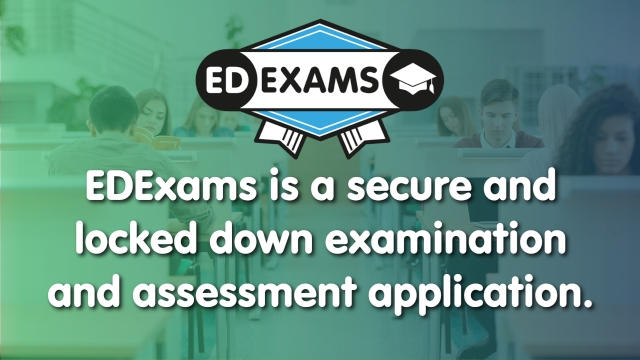There will always be students who try to get an unfair advantage in exams through malpractice. In addition to that, this problem has been significantly worsening all over the world. One of the most important aspects of educational technology is online testing or evaluation. It is expected that the use of online exams will rise for various examination kinds, including competitive admission tests and recruiting tests. An online evaluation has shown to be an efficient and better technique to screen out unsuitable applicants and find those who are a good fit for the open position.
How do students cheat during online exams?
Malpractice, like writing mathematical formulae by hand, has mostly been phased out in recent years. Students in today’s society have developed ingenious methods for cheating, most of which include making use of the many technological tools that are accessible to them.
Impersonation during the exam
Impersonation is fascinating for some reasons, one of which is that there is no assurance that the student who authenticates themselves and begins the test will be the same student who finishes it. Once the exam has commenced, there is no longer any identification. Thus, their impersonators finish and submit the exam in their place. Unfortunately, a significant number of testing methods are vulnerable to this malpractice.
Prevention of screen-sharing programs
Nowadays, users of technology are savvy when navigating the many platforms they interact with. They will never stop devising novel methods to circumvent the safeguards built into the system. Screen sharing is one of these creative malpractice approaches, enabling a user to communicate with another user using a different device by sharing the content on the user’s screen. In an online exam, sharing the screen with another person is the same as sharing your answer sheet with them; it is considered copying.
Using advanced electronic devices
Students cheat on their examinations using high-tech equipment, which secret agents also utilise in espionage operations. Secret agents also employ high-tech devices. During examinations, students have started aiding themselves by employing technology such as micro Bluetooth-powered earphones, undetectable timepieces, and augmented reality glasses. Especially during online examinations, when monitoring via webcam may not be as efficient or visually transparent as it should be, these devices may seem normal and almost impossible to detect. Students have the option of concealing extra items beneath the table as well.
How to minimise cheating during online exams?
You may choose who has access to the question, and you can take it away at any moment. You may also enable email verification to provide an additional layer of protection and ensure authentication.
• The exam materials should be programmed to self-destruct after a certain amount of time to ensure the testing period’s integrity for all participants.
• By limiting the ability to send and download files, you may prevent unauthorised users from gaining access to and distributing the test questions.
• During online examinations, minimise the viewing area of the paper using a screen shield and a watermarking filter to deter students from taking screenshots.
• Tracking logs that disclose the user’s location and IP address may be used to help identify potentially malicious third-party assistance.
Can online exams detect cheating?
Exams taken online may detect cheating more readily than traditional ones. The software used to administer online exams is developed so that they are safe and dependable to the possibility of any cheating occurring. When administering online tests, these hints will most likely be helpful.
Conclusion
Regarding online testing, security is one of the most important aspects that still has room for development. Using a secure online assessment may help prevent any cheating applicants may attempt while taking an online test. Students will constantly strive to discover new shortcuts and methods to emulate, regardless of whether the instruction is manual or online. In the case of manual tests, the “means to copy” consists of either carrying chits or writing information on desks, hands, or other surfaces, etc.
In the online exam, one types the question into the search engines, and the solutions are shown to one. Sometimes, the applicants go to great lengths to deceive the examiners into improving their chances of passing the test. Students have an easier time cheating on online examinations owing to the absence of in-person supervision that is required due to geographical restrictions. The availability of certain technologies compounds such malpractices. Suppose you know the inventive means by which students cheat. In that case, you will be more equipped to find the appropriate answer and address any security problems.
If you would like a fully locked-down application that mitigates the risk of malpractice, then take a look at EDExams. You can book a free online demonstration by calling the team on 01909 384 090, sending an email to mail@edexams.com or booking here.











